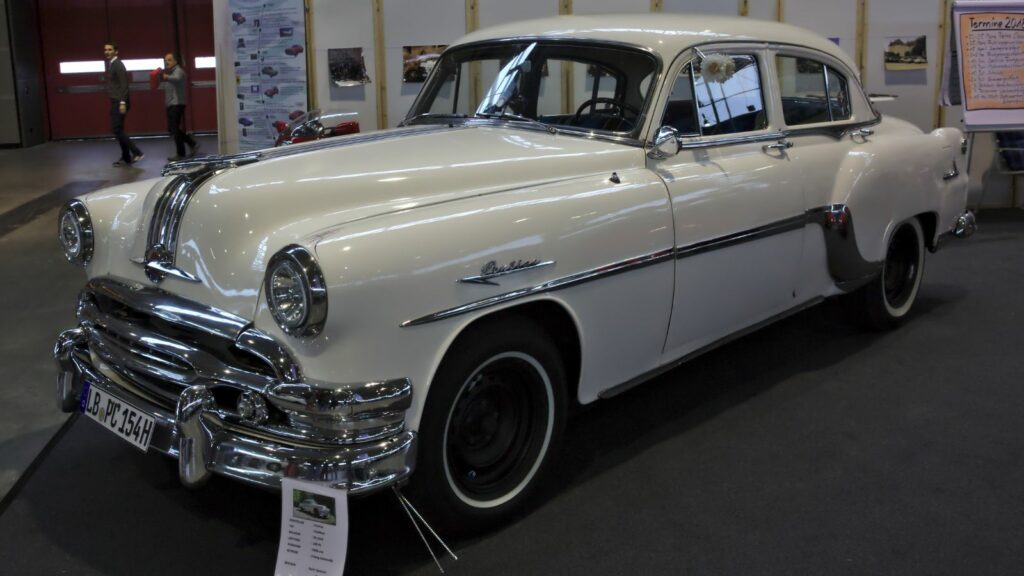Before the V8 became the symbol of American performance and engineering power, the straight-8 ruled the road. Its long crankshaft and smooth, balanced firing order made it the gold standard of refinement during the 1930s, 40s, and early 50s. These engines were known for their torque, quiet operation, and ability to deliver a velvety driving experience that no V8 could initially match. But as cars got faster and technology advanced, the straight-8’s long design became a liability, heavier, harder to cool, and less space-efficient. By the mid-1950s, it was gone. These ten cars represent the final chapter in the story of America’s most graceful powerplant.
Buick Roadmaster (1953)

The 1953 Buick Roadmaster marked the twilight of Buick’s Fireball Eight, a 320 cubic-inch straight-8 that had powered the brand’s top models for years. It produced roughly 170 horsepower, making it one of the strongest inline engines of its era. The smoothness of its idle and effortless pull at low speeds gave the Roadmaster an unmatched sense of grace.
That same year, Buick introduced its first modern V8, and the shift was immediate. The straight-8’s long block and heavy crankshaft limited higher revs and made it less adaptable to the growing demand for lighter, faster cars. The 1953 model was the grand finale for one of America’s most respected powerplants.
Pontiac Chieftain (1954)

Pontiac’s final straight-8 appeared under the hood of the 1954 Chieftain, available in both 239 and 268 cubic-inch displacements. Known for its gentle torque delivery, it provided quiet acceleration ideal for the wide boulevards and highways of postwar America.
However, times were changing fast. Chevrolet and Oldsmobile were already selling powerful V8s, and Pontiac needed to catch up. The following year, the Strato-Streak V8 debuted, completely transforming the brand’s image. The Chieftain’s straight-8 was the last of the line, closing the door on Pontiac’s long-standing love for smooth inline engines.
Packard Patrician (1954)
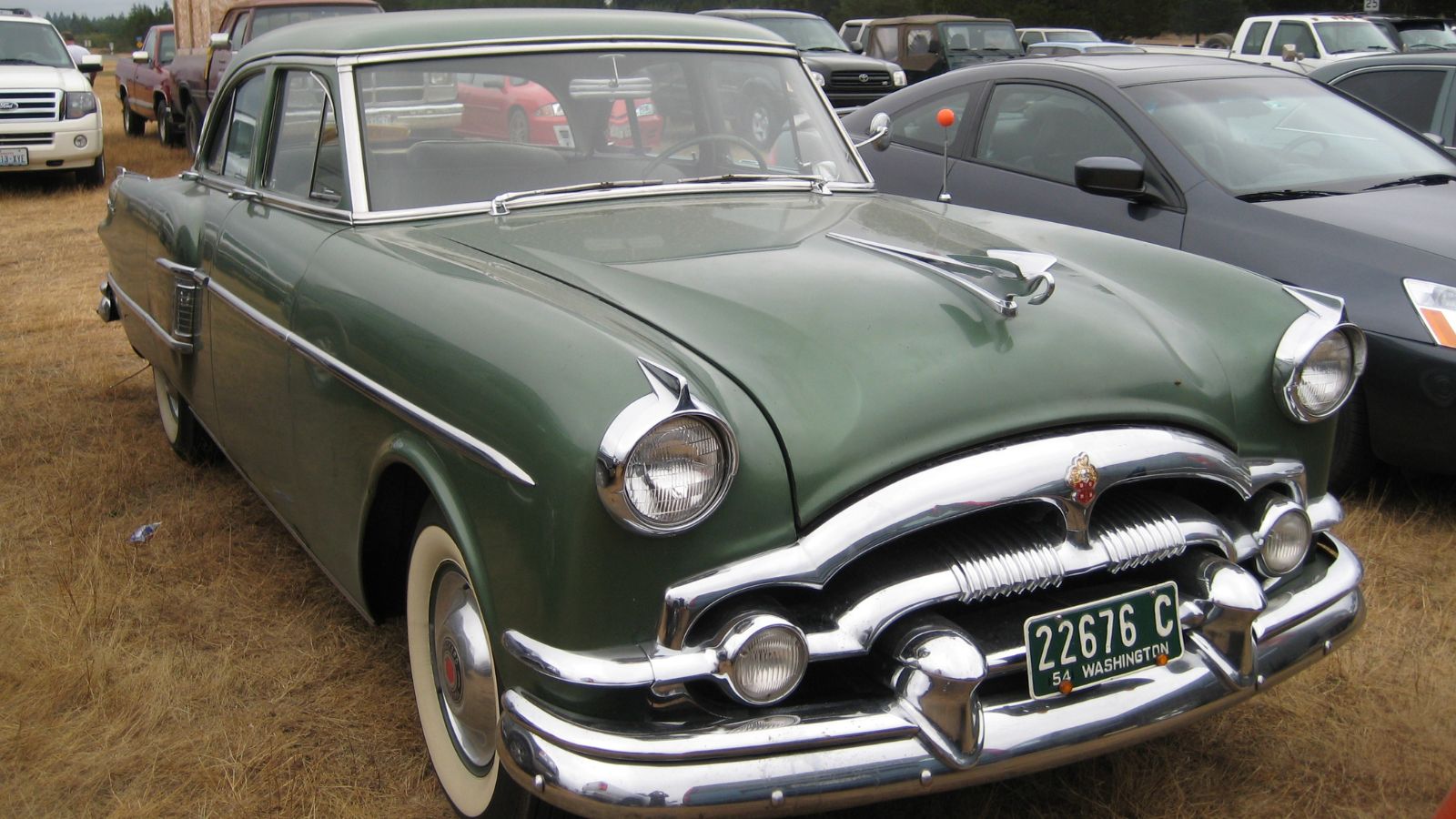
Packard’s 1954 Patrician represented the end of an era for one of America’s oldest luxury marques. The company’s final straight-8, displacing 359 cubic inches, was one of the most advanced of its kind. Featuring nine main bearings, an aluminum head, and a silky idle, it was powerful yet refined, producing over 200 horsepower at a time when most competitors barely crossed 150.
Unfortunately, Packard’s technical excellence couldn’t save it from market realities. The automotive world was infatuated with modern V8 engines that promised performance and prestige. By 1955, Packard had dropped its proud straight-8, signaling the beginning of its slow decline as an independent manufacturer.
Hudson Hornet (1954)

Few straight-8 engines ever achieved fame like the Hudson Hornet’s Twin H-Power unit. With dual carburetors feeding a 308 cubic-inch engine, it dominated NASCAR in the early 1950s. Drivers like Herb Thomas used Hudson’s low-slung design and massive torque to out-handle and outlast rivals, making the Hornet a true legend of American motorsport.
But Hudson’s success couldn’t halt progress. The straight-8 was heavy and long, poorly suited for new body designs and rising speed expectations. By 1955, following Hudson’s merger with Nash to form American Motors, the straight-8 was retired. Still, the Hornet’s legacy as one of the last great straight-8-powered champions remains unmatched.
Packard Caribbean (1954)
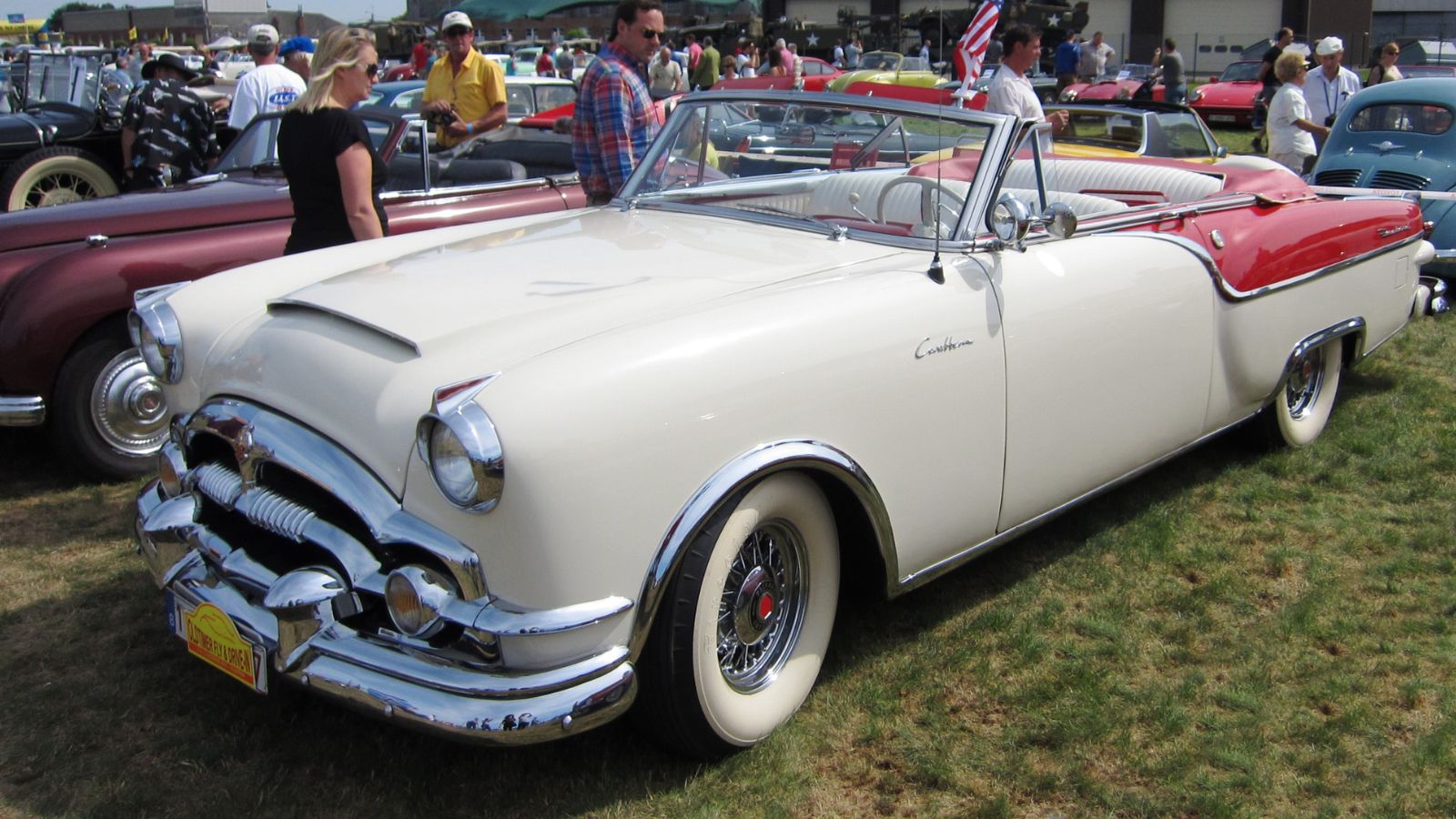
The Packard Caribbean was the glamorous face of a company at its peak, even as the old straight-8 neared extinction. Powered by a 359 cubic-inch engine mated to an Ultramatic transmission, the Caribbean embodied effortless luxury. The engine’s silky delivery and near-silent operation made it one of the smoothest cars of its time.
Its straight-8 was hand-built and designed for refinement, not racing, delivering a regal kind of performance that defined Packard’s identity. Yet as American buyers began demanding V8 power and mid-century speed, the Caribbean’s engineering elegance became an expensive relic. The 1954 model year would be Packard’s final chapter with an inline-eight before the modern era took over.
Nash Ambassador (1949)
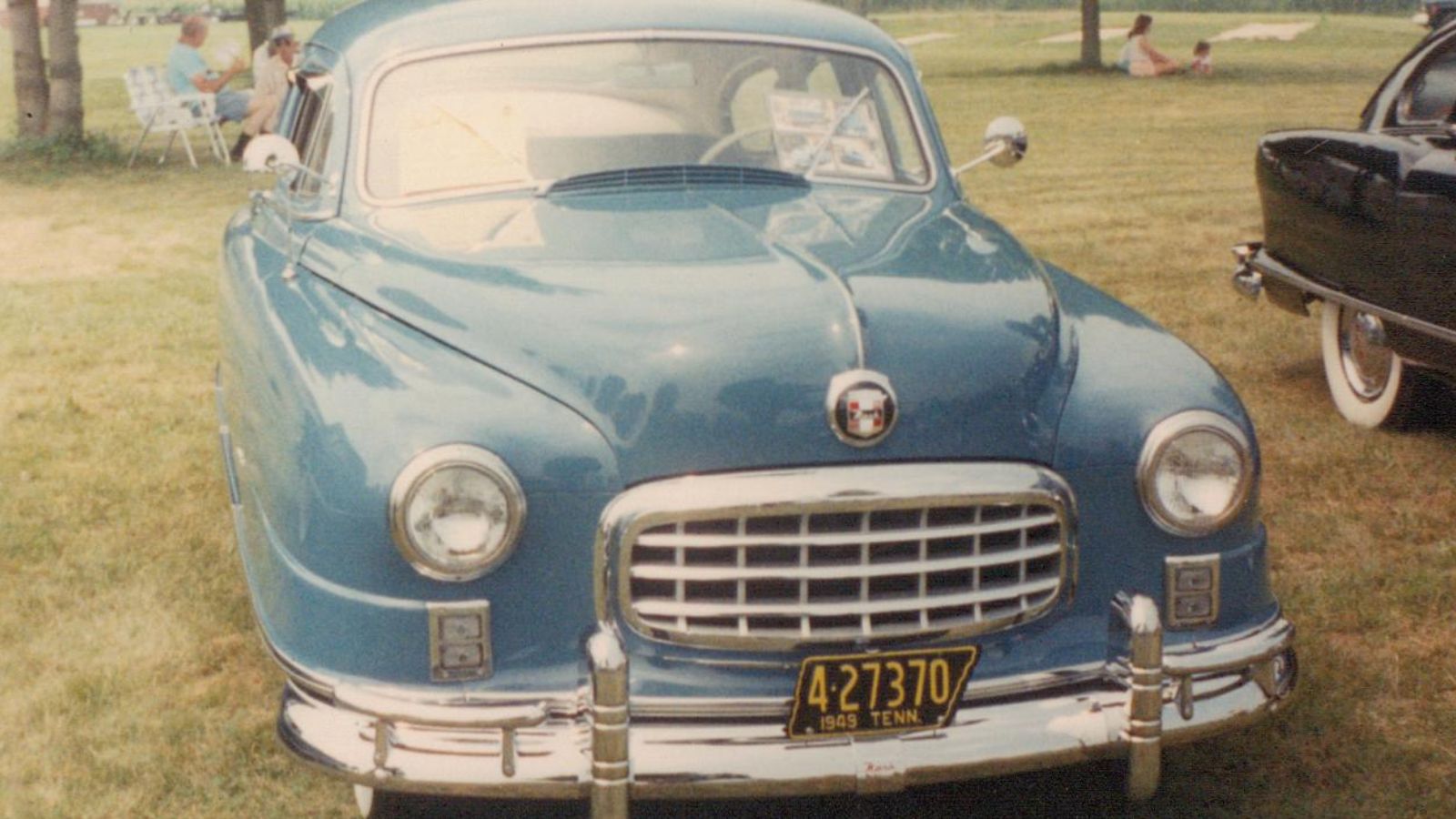
The Nash Ambassador was a classy, understated car that carried the straight-8 flag into the late 1940s. Its 260 cubic-inch engine produced modest horsepower but excelled in quiet operation and long-distance cruising. This was the kind of car you could drive across the country in comfort, thanks to its smooth, vibration-free engine.
By 1950, though, Nash began phasing out its straight-8 in favor of more compact inline-sixes and later V8s, which offered better packaging and performance. When Nash merged with Hudson in 1954, it became clear that the straight-8 had no place in the company’s future plans.
Chrysler New Yorker (1950)
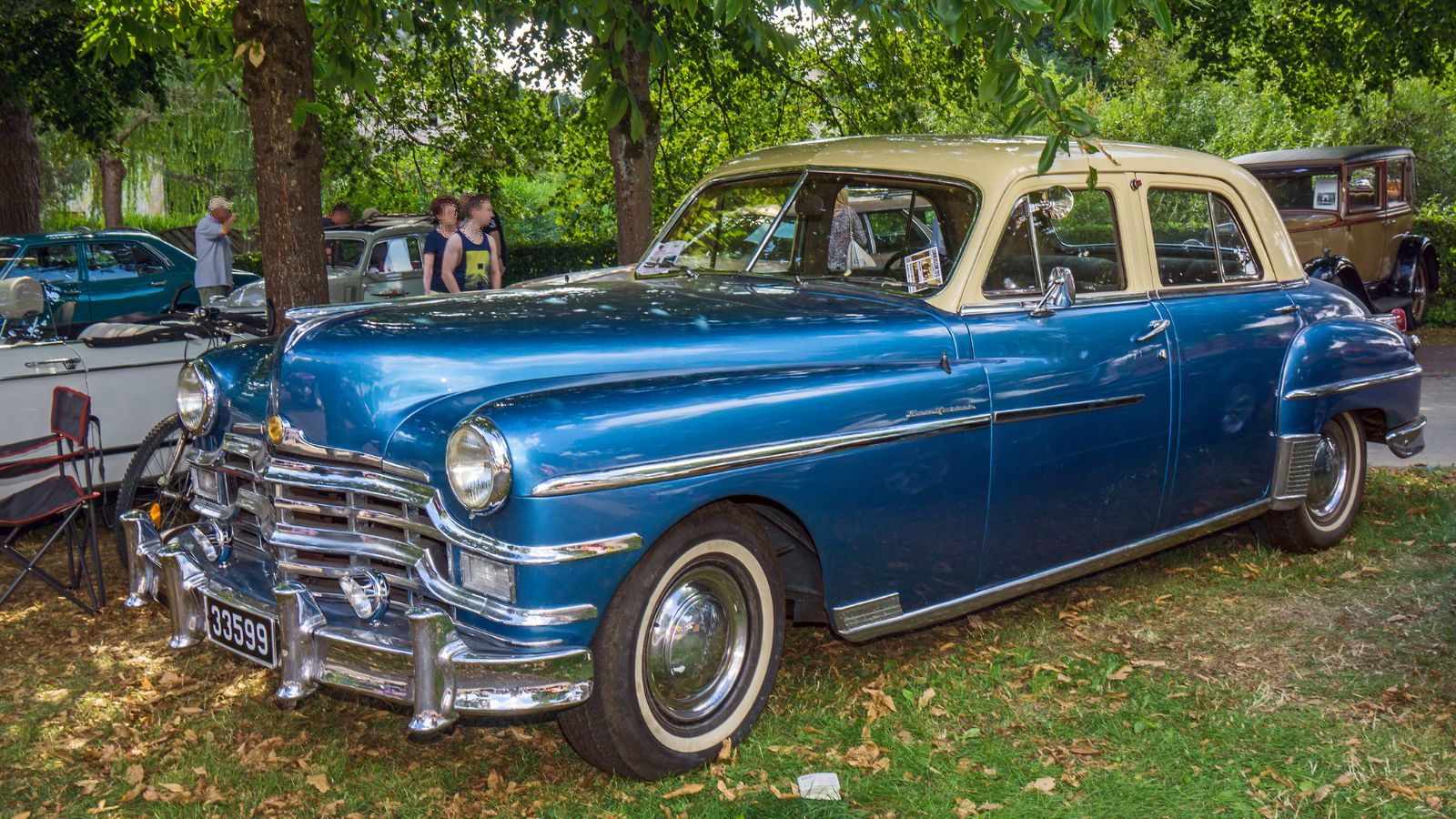
Chrysler’s flathead straight-8 engine had been a workhorse of luxury and strength since the 1930s. In the 1950 New Yorker, the final version of this 323 cubic-inch powerplant delivered a relaxed and confident drive. Known for its quiet operation and reliability, it was the backbone of Chrysler’s premium image before the company embraced its FirePower V8.
The arrival of the hemispherical combustion chamber design changed everything. The FirePower V8 produced more power, weighed less, and could fit into a wider range of vehicles. The New Yorker’s straight-8 bowed out with dignity, a smooth operator replaced by a technical revolution.
Studebaker Commander (1949)
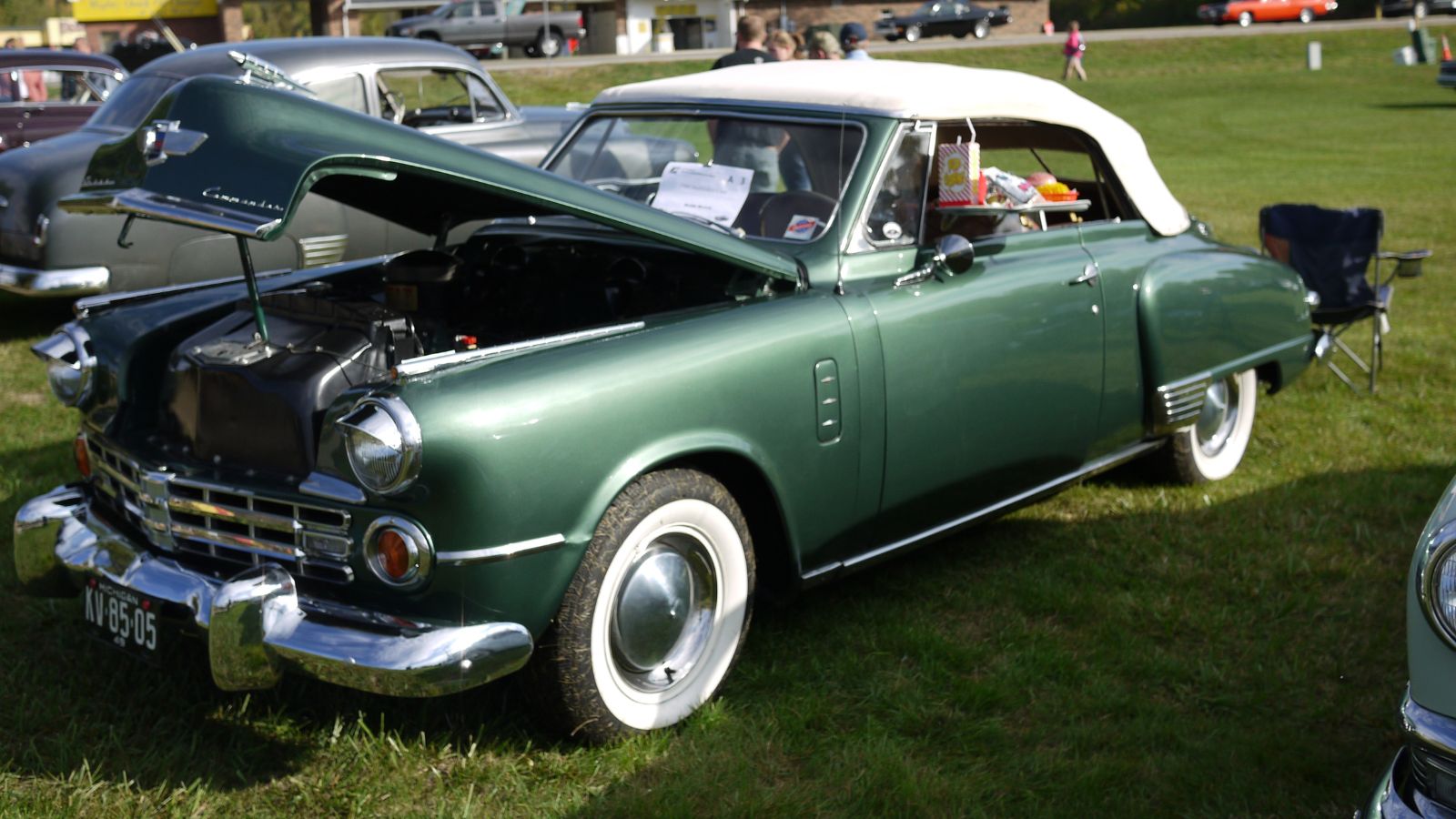
Studebaker’s straight-8 was introduced with confidence but retired quietly. Used through 1949, it was a sturdy 250 cubic-inch design that prioritized torque and smoothness over outright performance. The problem was size it was simply too long and too heavy for the company’s evolving designs.
Studebaker engineers realized that to compete with Detroit’s big players, they needed a lighter, more compact engine. The result was the introduction of Studebaker’s first modern V8 in 1951. The Commander’s straight-8 remains a fascinating footnote in Studebaker history, representing the bridge between pre-war craftsmanship and postwar ambition.
Oldsmobile 98 (1948)

Oldsmobile’s 257 cubic-inch straight-8 powered the luxurious 98 for years, offering quiet authority and reliable torque. It was an engine built for the smooth, wide highways of postwar America a time when comfort and serenity mattered more than acceleration.
That changed dramatically in 1949 with the debut of the Rocket V8, one of the most important engines in automotive history. The Rocket transformed Oldsmobile’s image overnight, launching the brand into the performance spotlight. The 1948 98 was the end of the straight-8 and the beginning of the muscle car mindset that would define the next two decades.
Cadillac Series 70 (1948)

Cadillac’s 1948 Series 70 marked the final year of its legendary 346 cubic-inch straight-8. This flathead engine had powered Cadillacs through the Depression and World War II, known for its quiet refinement and effortless torque. It was a symbol of American luxury at its most dignified.
But progress waits for no one. The introduction of Cadillac’s new 331 cubic-inch overhead-valve V8 completely changed the game, delivering higher output with less weight and more efficiency. The straight-8’s long, elegant era came to an end, replaced by an engine layout that would dominate the American car market for the next half-century.
The End of an Era

The straight-8’s departure wasn’t due to failure it was a victim of evolution. As cars became faster, smaller, and more efficient, its long crankshaft and massive block no longer fit modern needs. But its legacy lives on in the silky smoothness and refinement that engineers still chase today. These ten cars represent the final stand of a mechanical masterpiece, a chapter of American motoring that will never be repeated.
25 Facts About Car Loans That Most Drivers Don’t Realize

Car loans are one of the most common ways people fund car purchases. Like any other kind of loan, car loans can have certain features that can be regarded as an advantage or a disadvantage to the borrower. Understanding all essential facts about car loans and how they work to ensure that you get the best deal for your financial situation is essential. Here are 25 shocking facts about car loans that most drivers don’t realize:
25 Facts About Car Loans That Most Drivers Don’t Realize
